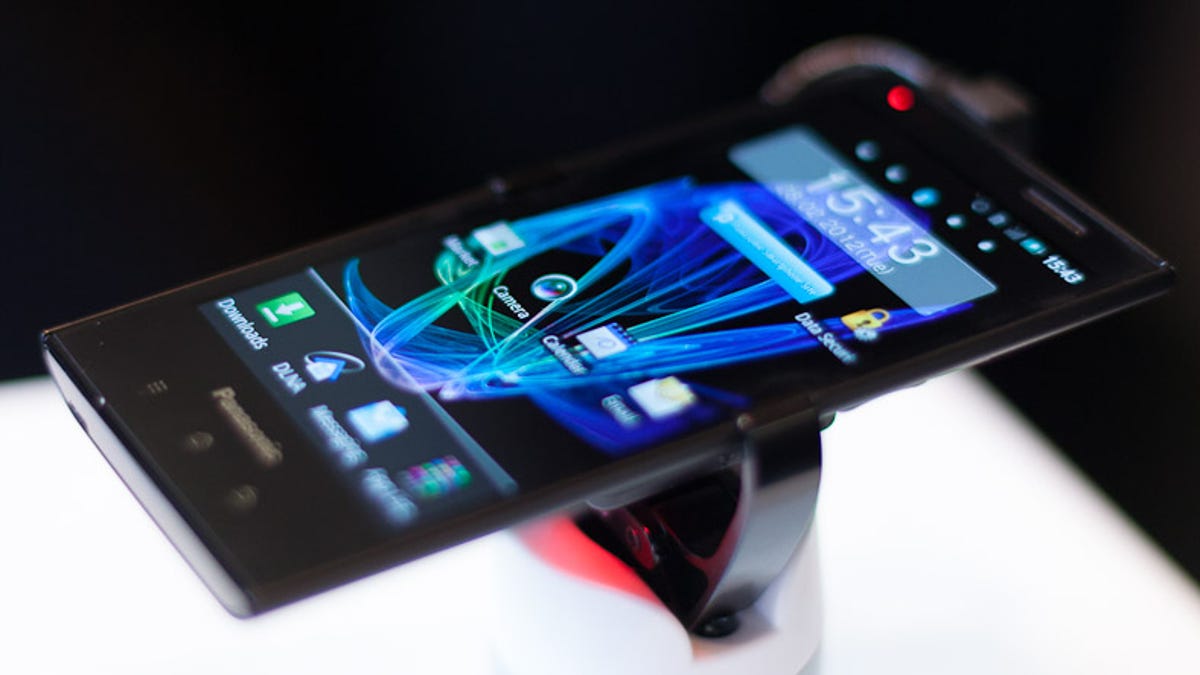Panasonic stakes smartphone recovery on Eluga line
The Android phones come in two sizes--big and bigger--and both are sleek, dustproof, and waterproof. Too bad about the name.

BARCELONA, Spain--We now know the two Android phones on which Panasonic is pinning its hopes for a successful re-entry into the world market for mobile phones.
The good news: they're both sleek, waterproof designs with buttons tucked into the back. The bad news: they're named "Eluga."
Maybe the name test-marketed better in Europe and Japan, where the phones will arrive first, but to me it sounds like a big, homely fish. In any event, they'll be carrying the weight of Panasonic's attempt to reach beyond the Japanese mobile phone market into which the company had retrenched and to take on better-established Android players.
The first phone, the ordinary Eluga with a 4.3-inch screen, 1GHz dual-core Texas Instruments processor, and Android 2.3.5, emerged last week. The second, the Eluga Power, has an even bigger 5.0-inch screen, a faster 1.5GHz dual-core Qualcomm Snapdragon S4 processor, and the newer Android 4.0, and it debuted this week at the Mobile World Congress show here in Barcelona, Spain.
Each follows the trend toward big Android phones. They feel slimmer than they are, with a tapered back along the phones' long edges that gives them a D-shaped cross section.
Japan and Europe will get the Eluga in late April; in Europe it'll cost 400 to 450 euros before operator discounts, said spokeswoman Chantal Bowman. It'll arrive in the U.S. within a year of launch. Given how fast the smartphone market moves, I hope for Panasonic that it's the early side of a year. It's due for an update to Ice Cream Sandwich this summer--yes, that's something like a half year after the new Android version arrived in the Galaxy Nexus.
Other Eluga specs: an 8MP camera; a 960x540 OLED screen; 1GB of RAM and 8GB of integrated memory; near-field communications (NFC); an 1,150mAh battery; 123x62x7.8mm dimensions; and HSPA+ 21.1 Mbps networking on 850, 900, 1800, 1900 MHz frequencies.
The Eluga Power's larger size--136x70x9.6mm--gives it a 1,800mAh battery, an SD card slot, and a 1,280x720 screen. It'll arrive in June or July in Europe, but Panasonic hasn't announced prices.

